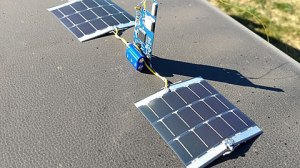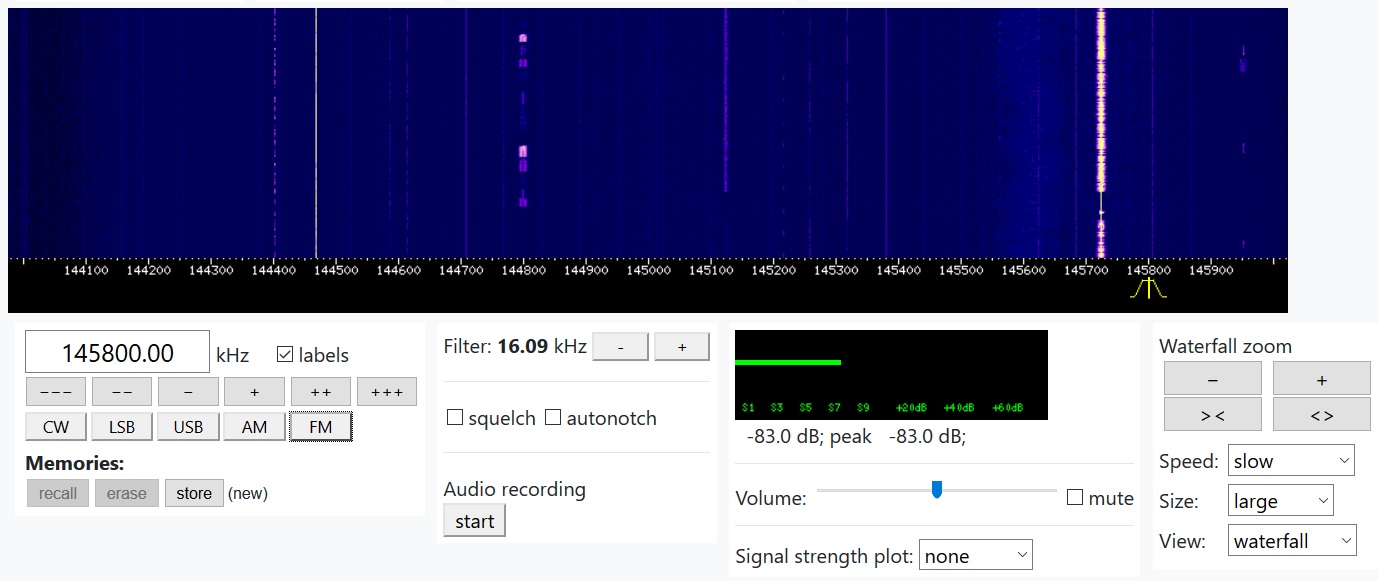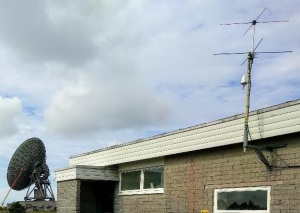CEPT CPG decides position on 144, 50 and 1240-1300 MHz
 “At the insistence of the European Commission, a WRC-23 agenda item was considered necessary to address the world-wide protection of Regional Navigational Satellite Systems from amateur emissions in the band 1240-1300 MHz.”
“At the insistence of the European Commission, a WRC-23 agenda item was considered necessary to address the world-wide protection of Regional Navigational Satellite Systems from amateur emissions in the band 1240-1300 MHz.”
The CEPT ECC CPG met in Ankara during August 26-30 to finalise their position ahead of the ITU World Radiocommunication Conference 2019 (WRC-19) to be held in Sharm el-Sheikh, Egypt, October 28 to November 22. This conference will define the Agenda Items for WRC-23.
RSGB volunteers along with other radio amateurs in IARU Region 1 countries put in a considerable amount of work to defend the amateur radio allocations. Their hard work ensured the removal of 144-146 MHz from a study of additional spectrum for aeronautical applications and an agreement on a European Common Proposal for 50-52 MHz.
IARU Region 1 have released this report on the meeting:
The CEPT Conference Preparatory Group met this week in Ankara, Turkey. Items of interest to the amateur service which were finalised were:
– Agreement to a European Common Proposal (ECP) on allocating 50-52 MHz to the amateur service in Region 1 on a secondary basis with a footnote listing those countries where the amateur service will have a primary allocation in the band 50-50.5 MHz (WRC Agenda Item 1.1)
– Agreement to an ECP on spectrum to be considered for International Mobile Telecommunications, which does not now include the primary amateur band at 47-47.2 GHz (WRC Agenda Item 1.13)
– Agreement to an ECP that retains the current regulatory position in the 5725-5850 MHz frequency band which includes secondary allocations to the amateur service and the amateur-satellite service (WRC Agenda Item 1.16)
– Removal of 144-146 MHz from a French proposal for study of additional spectrum for aeronautical applications. (WRC Agenda Item 10)
– At the insistence of the European Commission, a WRC-23 agenda item was considered necessary to address the world-wide protection of Regional Navigational Satellite Systems from amateur emissions in the band 1240-1300 MHz. A draft WRC Resolution was agreed which underlines the importance of this frequency band to the amateur service and explicitly excludes the removal of existing allocations as part of the proposed agenda item. (WRC Agenda Item 10)
– There was no change to the already agreed CEPT position on Wireless Power Transmission (WRC Agenda item 9.1.6). This states that no change is needed in the Radio Regulations to address the question of operating frequency for WPT-EV, but leaves open the question of spurious emissions from WPT-EV.
Commenting on the outcome of CPG, IARU Region 1 President Don Beattie, G3BJ, said that the IARU team at Ankara (the only representatives of the amateur service at the meeting) had presented clear and convincing arguments for the amateur service position and he was pleased that regulators had recognised the strength of the amateur case. He expressed his thanks to everyone who had contributed to the outcome at CPG.
The issues now move to WRC in Egypt in November for final resolution. IARU will be there.
IARU Region 1 https://iaru-r1.org/
Note: Although the CEPT position includes a Primary allocation at 50.0 to 50.5 MHz it is for the Amateur Service only – the Amateur Satellite Service is excluded.
CEPT ECC CPG19-9 Ankara Meeting Minutes and Annexes are available for download at
https://cept.org/ecc/groups/ecc/cpg/client/meeting-documents/?flid=10064
Background to 1240-1300 MHz https://amsat-uk.org/2019/08/19/threat-to-amateur-radio-23cm-band/
Get The Details…
m5aka
AMSAT-UK
Powered by WPeMatico




 “At the insistence of the European Commission, a WRC-23 agenda item was considered necessary to address the world-wide protection of Regional Navigational Satellite Systems from amateur emissions in the band 1240-1300 MHz.”
“At the insistence of the European Commission, a WRC-23 agenda item was considered necessary to address the world-wide protection of Regional Navigational Satellite Systems from amateur emissions in the band 1240-1300 MHz.”


